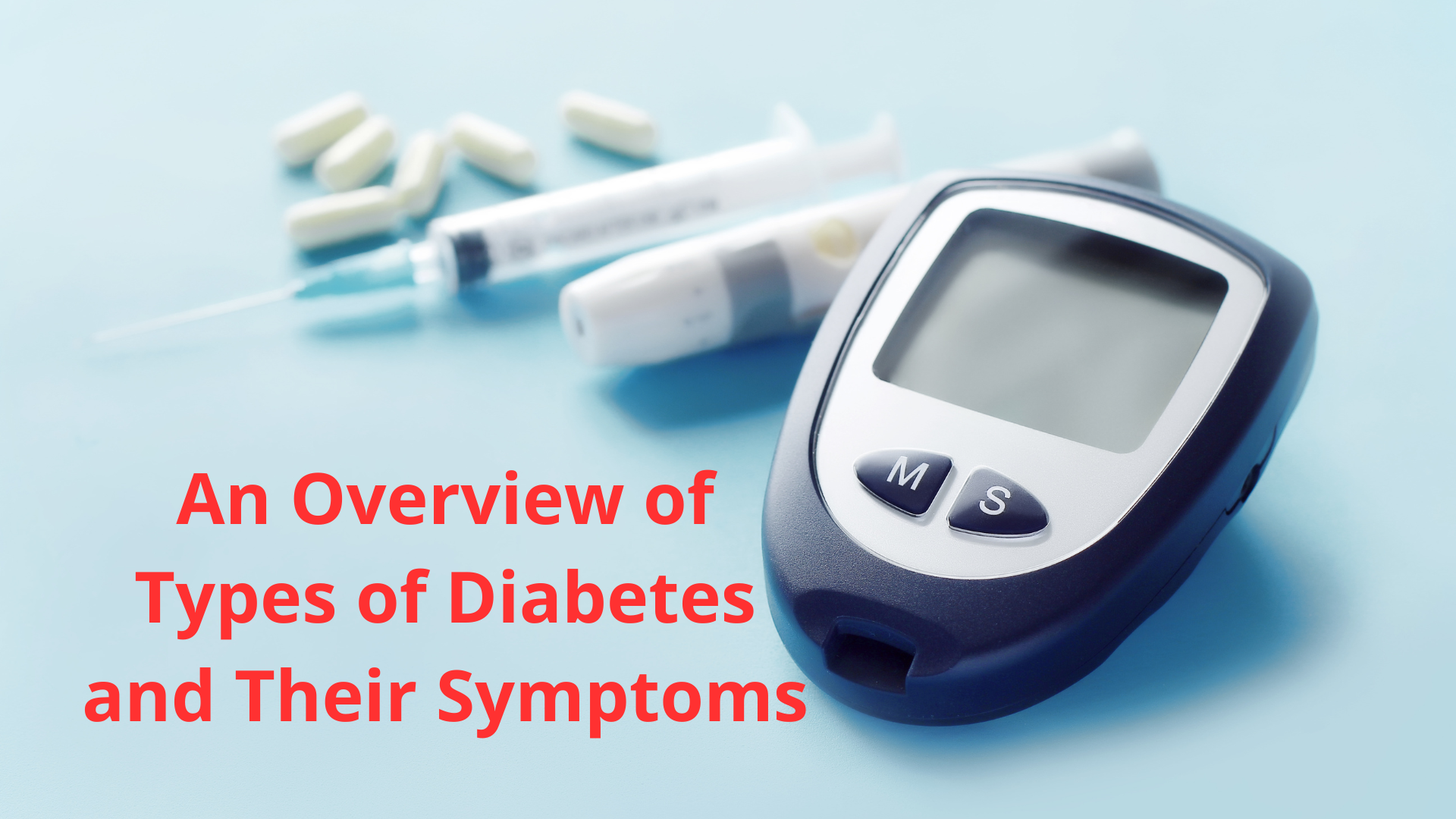Diabetes is a condition in which your body has difficulty regulating the amount of glucose (sugar) in your blood. There are three main types of diabetes — type 1, type 2, and gestational diabetes. Each type has different symptoms and average glucose levels. Let’s take a look at each one individually to better understand them.
Type 1 Diabetes
Type 1 diabetes is an autoimmune disorder in which the body’s immune system mistakenly attacks the cells that produce insulin, making it difficult for the body to regulate blood sugar levels on its own. Symptoms include frequent urination, extreme thirst or hunger, fatigue, weight loss, and blurred vision.
Type 2 Diabetes
Type 2 diabetes occurs when the body does not produce enough insulin or cannot use it properly due to insulin resistance. This often results from lifestyle factors like being overweight or physically inactive. Symptoms may include frequent urination, feeling tired more often than usual, slower-than-normal wound healing times, and increased appetite.
Gestational Diabetes
Gestational diabetes usually affects pregnant women during their third trimester as their bodies struggle to produce enough insulin to keep up with their changing hormone levels. Symptoms may include excessive thirst, frequent urination, fatigue, nausea/vomiting, blurred vision, and bladder infections.
When it comes to managing diabetes effectively there are three main types you should be aware of—type 1 diabetes, type 2 diabetes and gestational diabetes.
Each type can have different symptoms as well as an average range of glucose levels that should be monitored carefully by you or your doctor. It’s important that you know the signs so that you can get help early if needed. Doing so can help keep your health in check and better manage your condition in the long run. By monitoring glucose levels regularly, you can take steps towards living a healthier life today!


